

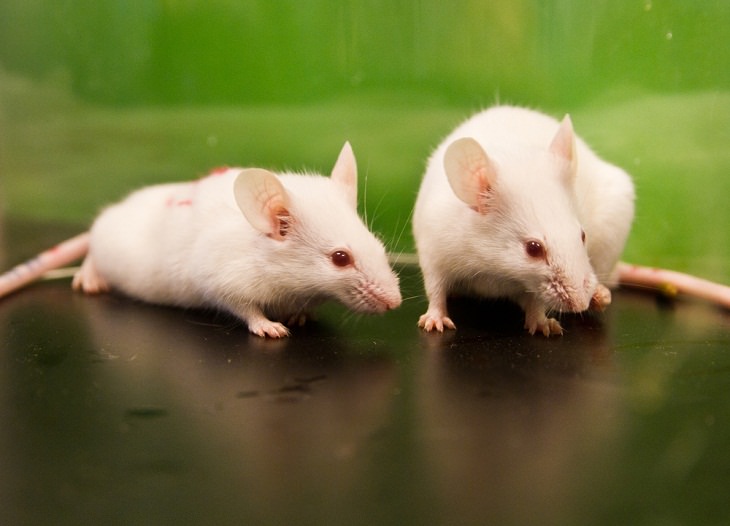
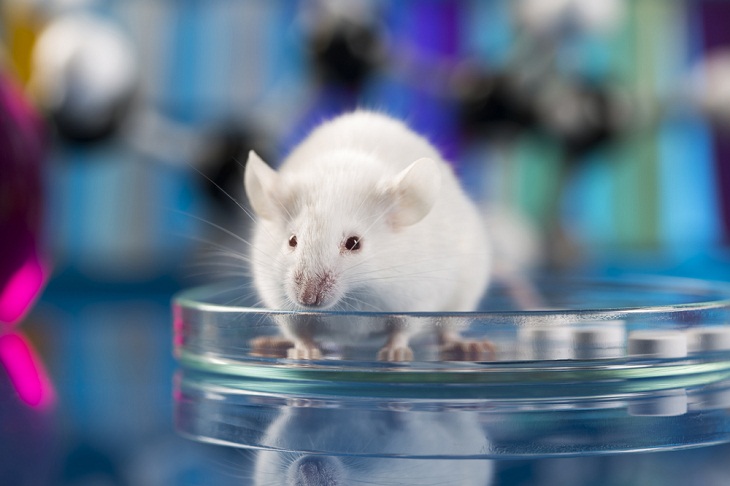
 18:49
18:49
Who Knew a Snowflake Could Be So Fascinating?!
You probably never gave a second thought to snowflakes. It turns out that these tiny crystals are full of mysteries...
 11:23
11:23
Animals Are Getting Smarter Every Day, and Here’s Proof!
Scientists say that animals are much smarter than most of us realize. Here's why...
 5:03
5:03
The Secret to Flexible Muscles: How Stretching Works
Discover the actual effects of stretching on your muscles and learn ways to enhance your flexibility.

From Body to Brain, Here's How Humans Have Evolved
Humans have been evolving for millions of years. Exactly what changes have our species undergone?
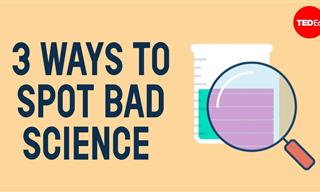 5:48
5:48
3 Surefire Ways to Always Identify Pseudoscience
Find out how you can identify pseudoscience, and learn how it differs from actual science.
 13:42
13:42
When Dangerous Viruses Escaped the Lab...
Many deadly viruses have escaped from laboratories in the past. No, we aren’t talking about COVID.
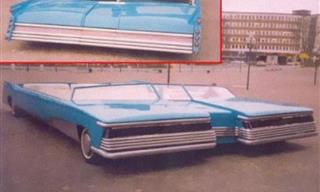
These Wacky Inventions of the Past Appear Odd to Us Today!
These vintage tech inventions may look very interesting or even incredible, but their practicality today is questionable...

Here Are the 16 Oldest Household Objects in the World
If you think ancient life is remote, these pre-historic household items will make you think again. Just look at how old they are!
 6:33
6:33
The Story of the Internet: Who REALLY Invented It?
Who really invented the internet, and why did they REALLY do it?

GUIDE: How Alcohol Affects Us, Drink by Drink...
In this article, we're going to discuss the exact amounts of alcohol in our blood and what they look like, including how each level affects us and our ability to function.
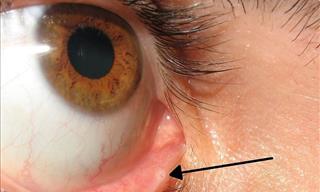
7 Little-Known Body Parts We Never Knew About
Here's a look at some of the weird and little-known body parts that you didn’t know you had.
 1:44
1:44
The Accidental Discovery of the World’s First Antibiotic
Not too long ago, it was fairly common to die of the simplest of wounds due to bacterial infection. Penicillin changed everything.

INTERACTIVE: How Personal Items Have Changed Over Time
Some of you will be old enough to remember what many of today's objects used to look like. Here are 20 such objects. Click to see them as they used to be.
 8:14
8:14
What Would You Do if You Had an Extra Thumb?
This revolutionary invention has the potential to revolutionize the field of prosthetics.
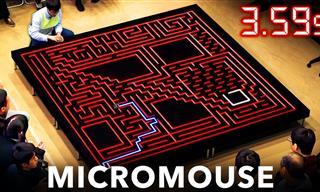
Welcome to the Fastest Maze-Solving Competition Ever Made...
Welcome to Micromouse, a competition for the quick of eyes and the quick of minds. This is the oldest robotics race.
 12:55
12:55
Watch This Man Build a Future Using Trash from the Past
In this video, you will see what this incredible community has been able to accomplish by building homes from recycled materials.

Doctors Make History With First Whole Eye Transplant
Surgeons in New York have performed the world’s first transplant of an entire human eye!
 15:37
15:37
These Expensive Megaprojects Proved to be a Waste of Time
Not all megaprojects are useful. Here are some worthless ones.

TRIVIA: 25 Shocking Differences Between the Sexes
Did you know that there are some vast differences between the sexes? These 25 scientific facts will probably come as a big surprise to you, they did to me.

Scientists Develop Wrap That Determines if Food is Spoiled
Scientists at MIT have developed a biodegradable plastic-like wrap that changes color when food goes bad. Find out more…

6 Remarkable Yet Overlooked Minds That Shaped Our World
These underappreciated geniuses deserve more recognition.
 3:53
3:53
Are You a Late Sleeper? This Super Video Explains Why
Why is it that some people are late risers, and some are morning people? It's all down to our genetics. Have a look here to find out more.
 16:28
16:28
This Secret Invention Changed the Course of WW2
Let’s take a closer look at the proximity fuze, also called Vt Fuze, an invention that changed the course of the second World War.
 16:55
16:55
Sleep Inventions: 16 Gadgets to Help You Doze Off
If you frequently struggle with sleep, then trying these amazing new sleep innovations could help change your life.
 13:55
13:55
WATCH: What Is the Fingerprint of God's Creation?
The golden pattern, describes the mathematical code of the universe. Is this the scientific evidence of God's will and plan?
 26:45
26:45
Future Technology: Inventions That Will Change Our World
Check out a few amazing futuristic inventions that are about to become mainstream.

Science Proves: These 10 Bible Stories Probably Did Happen
The Bible describes many seemingly supernatural cases, but today, science can show that they might have indeed happened.

Can One Photo Really Tell How Good Your Eyesight Is?
Scientists say that this single photograph can tell you whether you have good vision or not. Who can you see in the image?

You Won't Believe That These Things Exist in Japan...
If there's one place on this planet that well and truly at the forefront of modern technology, it has got to be Japan, as these inventions prove...

19 Everyday Items That Started as Military Inventions
Look around your home, and you’ll surely find a handful of these items that were originally developed for the armed forces.
 1:22
1:22
Are Smartphones Making Us Stupid? This Will Surprise You!
If you use a smartphone you need to see this!

17 Incredible Eye Facts You Have To See To Believe
They say the eyes are the window to the soul, and they also happen to be our windows to the world. Here are 17 insanely fascinating facts about eyes.
 4:52
4:52
Are There Universal Expressions of Emotion? Find Out Here!
Do facial expressions look the same and communicate the same meaning wherever you are in the world? Find out here!
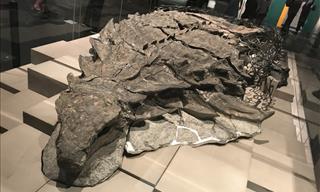
6 Intriguing Archeological Finds of the 21st Century
These archaeological and paleontological discoveries were made in the past 10 years and they're equally fascinating and intriguing...
 5:32
5:32
The Science Behind Why Laughter is the Best Medicine
They say laughter is the best medicine. But why exactly do we laugh?
 5:56
5:56
What on Earth Is a Black Hole? This Video Explains All...
What on Earth are black holes, how do they affect us, and should we be at all worried about their existence? Find out here.
 9:05
9:05
A Tunnel Built by a Swarm of Robots - Jaw-Dropping!
Imagine a swarm of robots attacking a mountain and smashing it to pieces...

10 Classic Paradoxes fom Philosophy, Math, and Physics
in every sphere of human knowledge, we’re bound to run into inconsistencies. That’s how fascinating paradoxes like these are born.
 2:51
2:51
What is the Largest Organism on Earth?
You may think you know which animal is the largest on earth, but you may be mistaken...
 5:08
5:08
Erecting a Behemoth: Installation of an Offshore Oilrig
How do they install an offshore oilrig? This video will show you, step by step, how it is done.
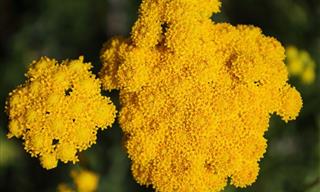
This South African Plant May be the New Cannabis
Is this plant the new cannabis? What will the woolly umbrella plant do for medicine?
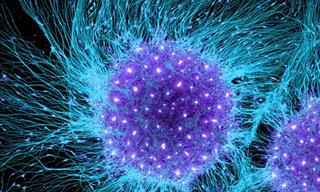
Ever Wonder What Life Is Like if We Zoom In All the Way?
A selection of some of the winning photographs from Nikon's yearly macro photography contest.

These Things All Say Something About Your Body Or Mind
There are many things that you can determine about your body and mind just by looking at yourself. Here are 10 things that your body says about you.
 3:50
3:50
Do You Know What Alzheimer's Really Is?
This video will shed light on the different stages of this complex and incredibly destructive disease.
 6:47
6:47
7 Exciting Physics Tricks You Have to See!
Watch these seven remarkable physics tricks in this exciting and fun video.
 10:01
10:01
9 UNBELIEVABLE Ice Science Tricks That'l Amaze You
Prepare to be amazed as ice takes center stage in these mind-boggling and unconventional science experiments.
 4:34
4:34
Fascinating Science: How Old Can We Actually Get?
All things being equal, and technology continually progressing - How old can a human body really get?


